
Visa and entry requirements American Samoa:
Passport required
The Electronic Travel Authorization System (ESTA) is required
Information from the Foreign Office about your American Samoa trip:
https://www.auswaertiges-amt.de/de/usavereinigtestaatensicherheit/201382
American Samoa is an archipelago in the southern Pacific with a population of around 60,000. The American external territory is part of the Samoa Islands and borders the independent state of Samoa to the southeast. The country's two official languages are English and Samoan and the US dollar is used as a means of payment.
American Samoa consists of a few volcanic islands and the two small atolls Rose Atoll and Swains Island. The largest islands in the southernmost US territory south of the equator are Tutuila and the Manuai Islands. The largest cities in the archipelago include Pago Pago, Amanave, Tula Village, Tafuna, Vaitogi and Afono.
Almost all residents of the island state profess the Christian faith. The local people are not citizens of the USA and do not have the right to vote in presidential elections.
American Samoa's economy is heavily dependent on the United States of America. The main economic activity of the archipelago is tuna fishing and the associated processing. Another source of income is tourism, which has become increasingly important for the small country in recent years.
The capital of American Samoa is Pago Pago with about 4,200 residents. Pago Pago is located on the main island of Tutuila and has the only international airport in the national territory.
The city's main attractions include Two Dollar Beach, the National Marine Museum, the National Park Visitor Center, the National Park of American Samoa, the Local History Museum, Mount Alava, the Congregational Christian Church, the Barefoot Bar and the rainforest hiking trails.
In February 2019 I traveled to the American part of Samoa during my big Pacific tour. My planned five-day stay ended up only being three days. The reason was the horrendous hotel prices there and an upcoming tsunami warning for the following days. So I didn't want to risk missing my ferry from Samoa to Tokelau because of a possible tsunami.
The cheapest rooms in the only two hotels on the American part of Samoa cost 150 US dollars per night and were therefore significantly more expensive than in Western Samoa. In addition, it had rained there continuously for almost three days, I hadn't even seen the sun during that time and there wasn't really much to see from a tourist perspective.
After a half-day tour of the island, I was actually already done with the few sights. The few beaches on the island were relatively small and not really anything special. When the weather is nice and the sun is shining, the island is guaranteed to be a very nice and quiet place to spend a few days.
There are also endless churches in American Samoa and the people are extremely Catholic. In some villages there is even a customs police who ensure that all residents take part in the daily prayer every day at 6 p.m. The villages were then all completely empty, something like that I only knew from Muslim Mecca.
The two flights from Apia to Pago Pago in American Samoa and back were pretty much the worst I have ever experienced. The plane, a roughly 50-year-old Twin-Otter, soon fell apart and pretty much nothing worked inside. It's actually a shame for the airline Samoa Airways to still fly with this plane. Although the plane was not full on the outbound flight, a large proportion of all luggage did not arrive until the following flight due to significant weight problems. It's actually no wonder that every second passenger weighs almost 200 kilograms.
In my opinion, American Samoa has clearly won the race for the fattest people in the world.
Somehow, in the end, I was happy to have arrived safe and sound again in Apia, the capital of Western Samoa, even though the weather there was similarly poor.

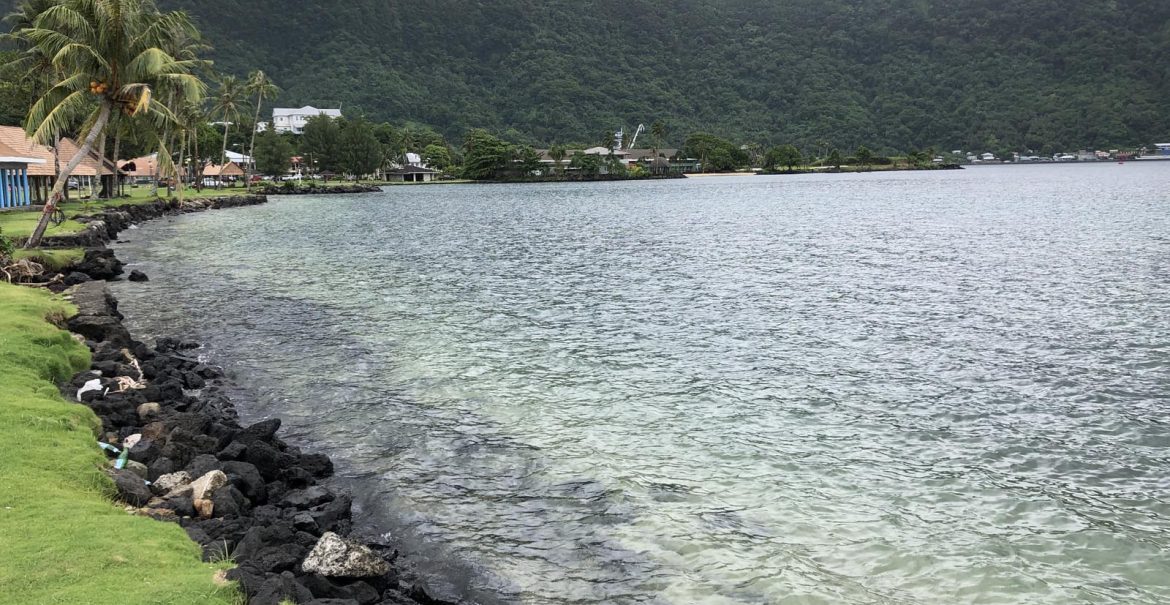








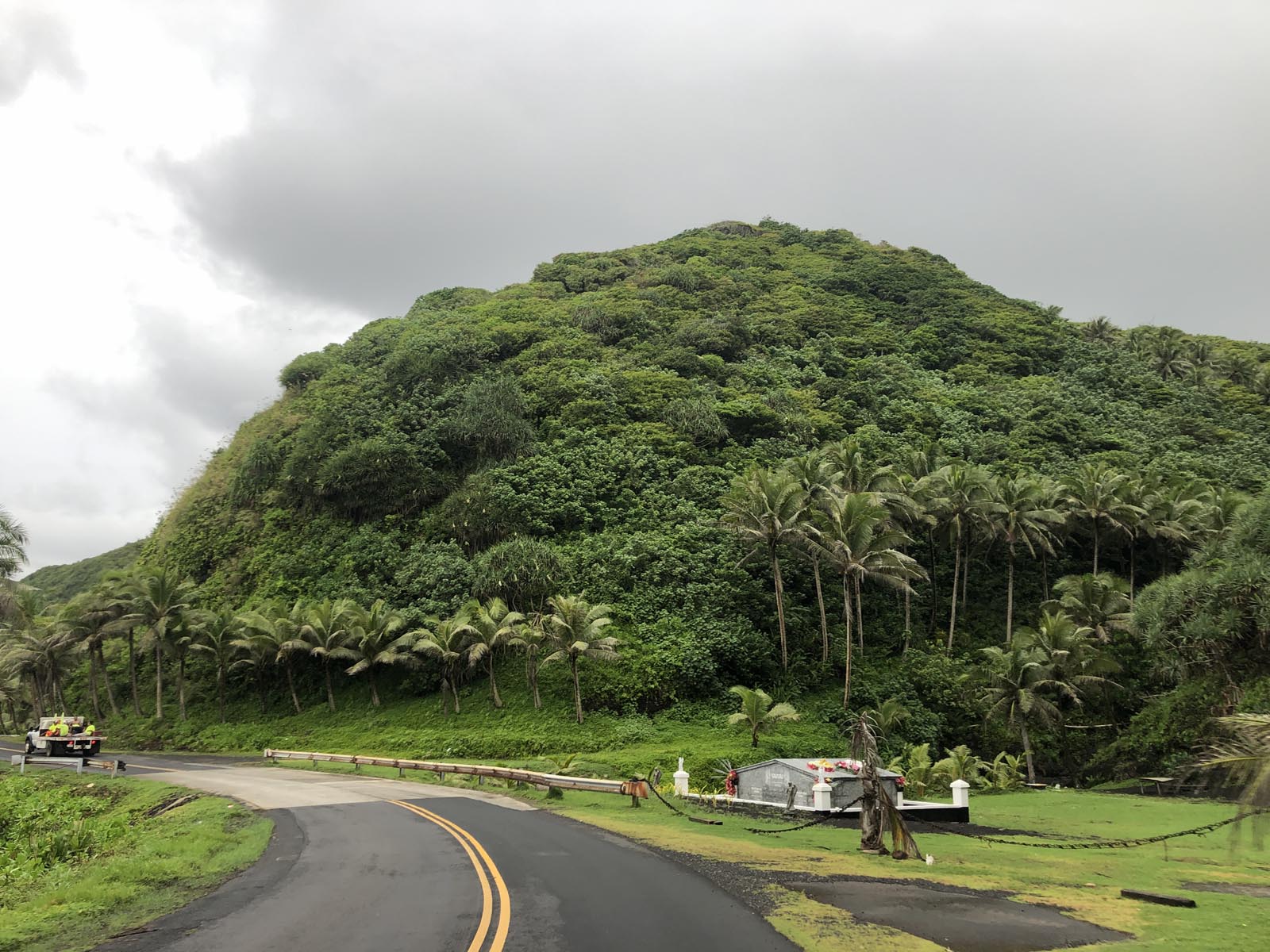
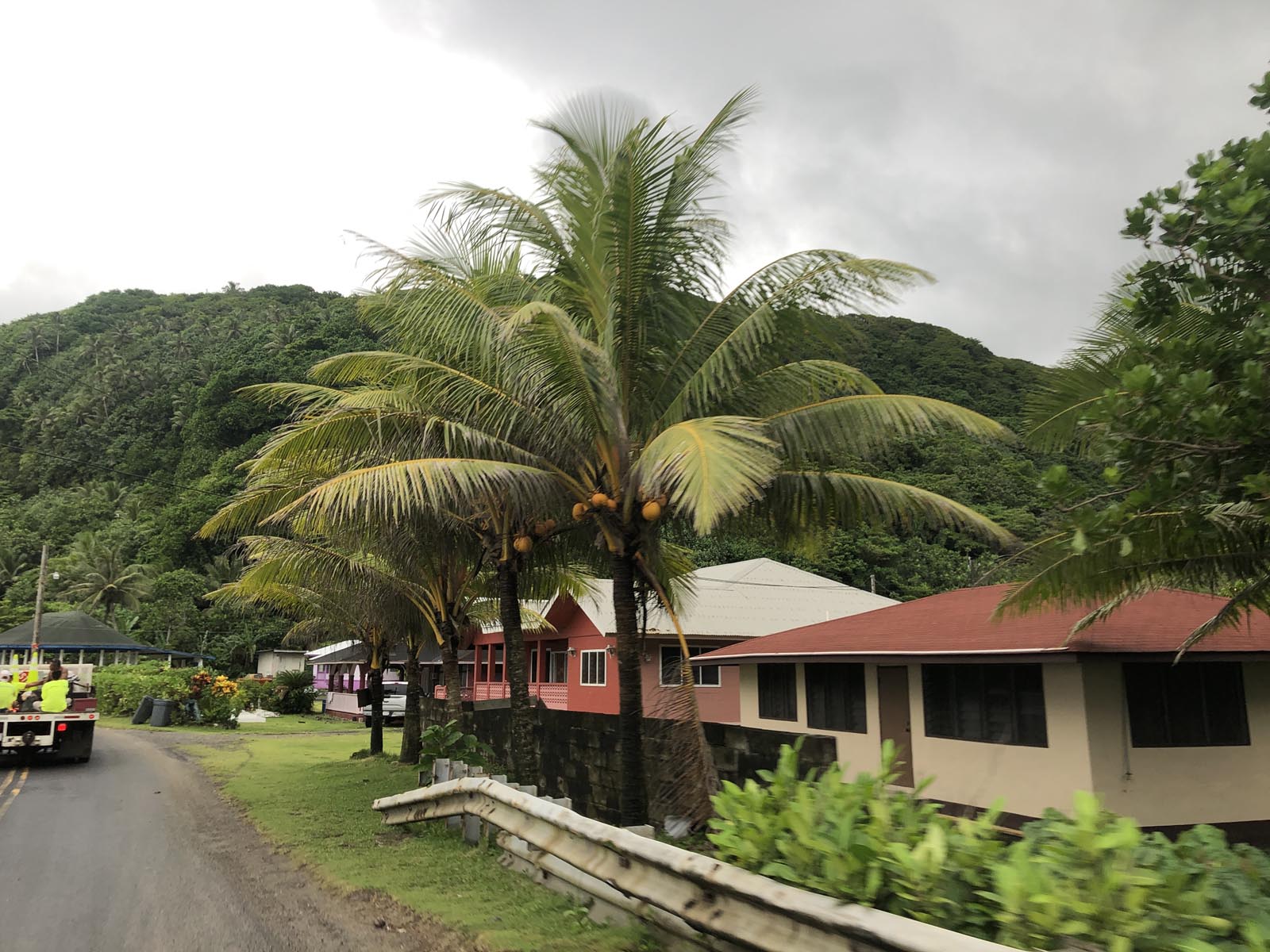

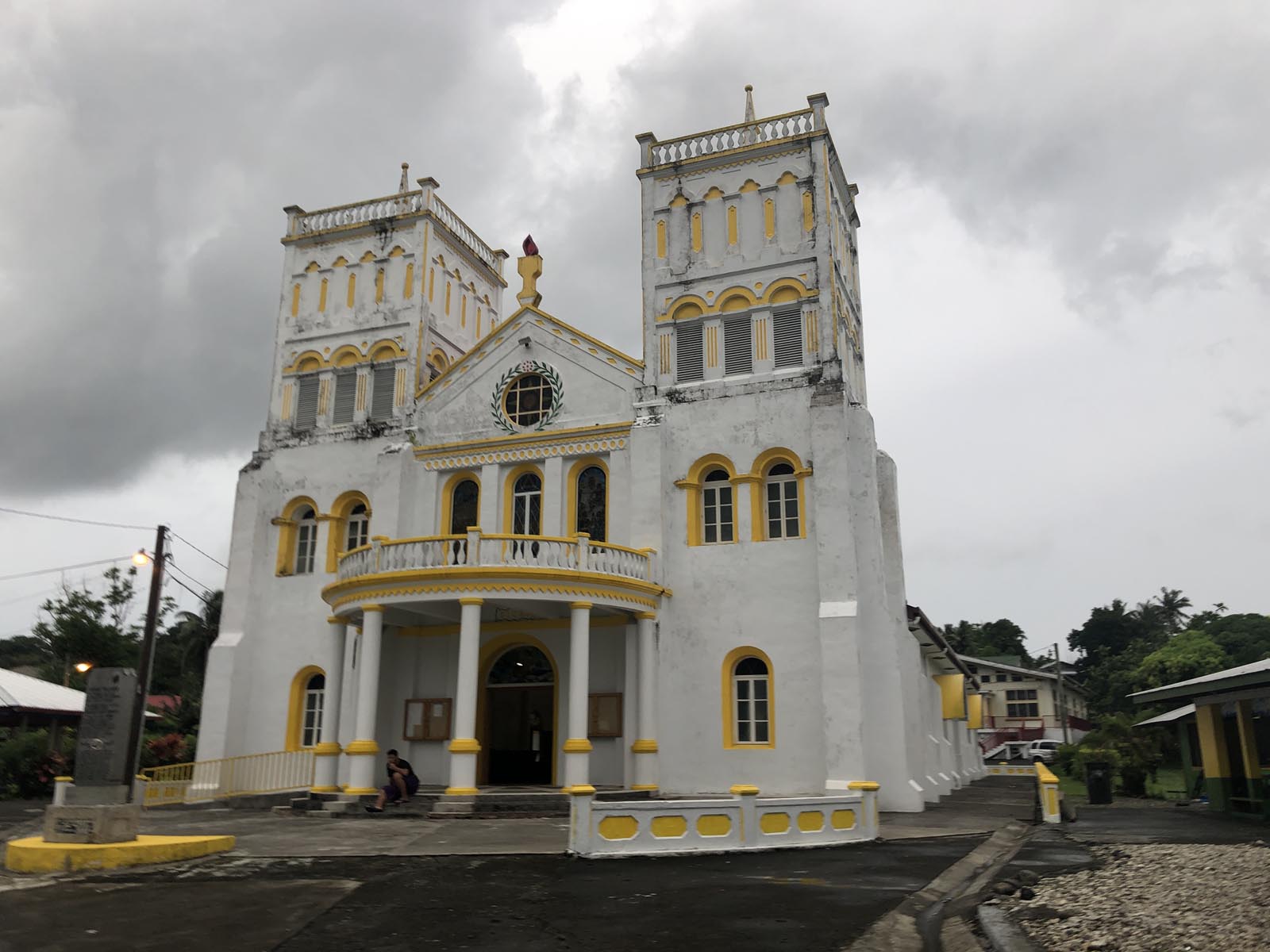



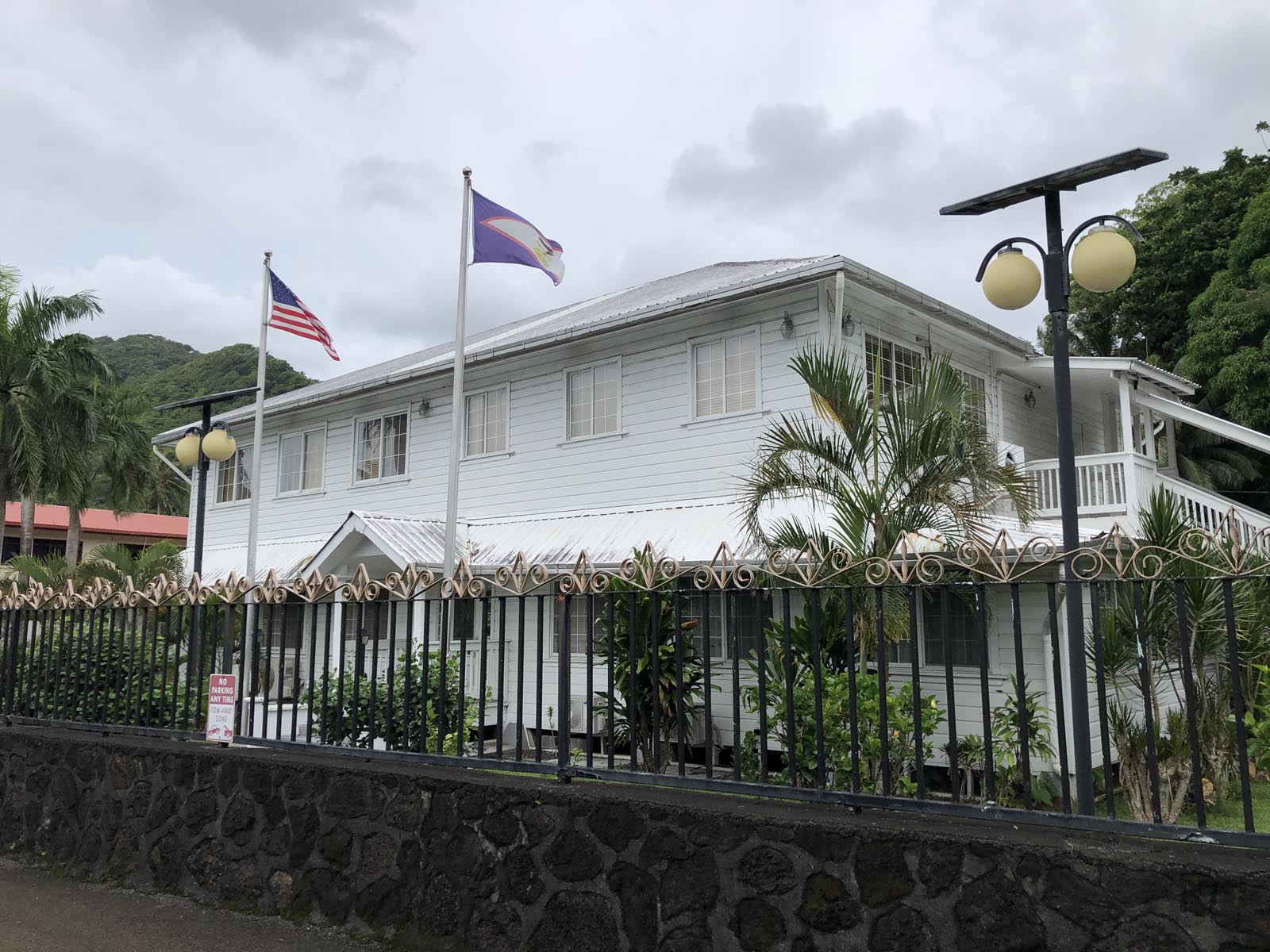
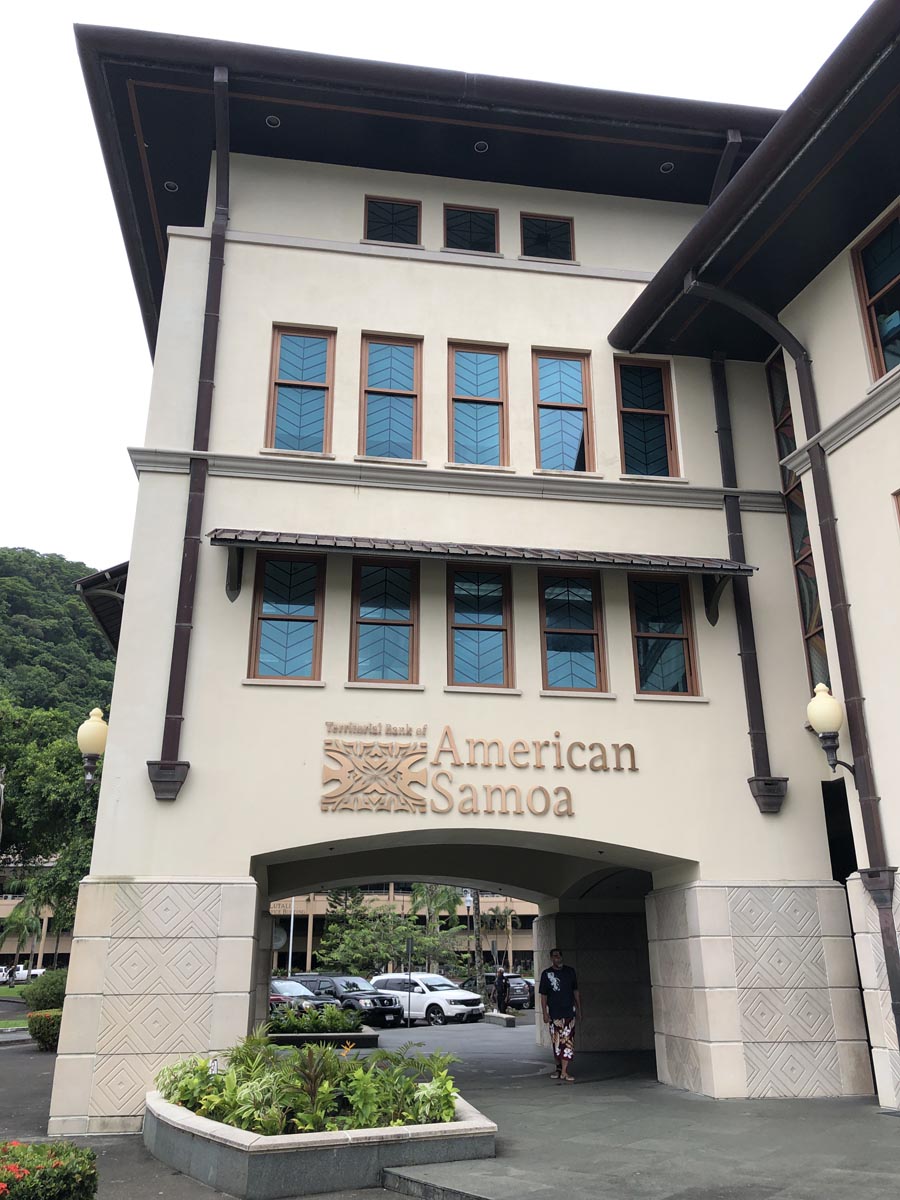



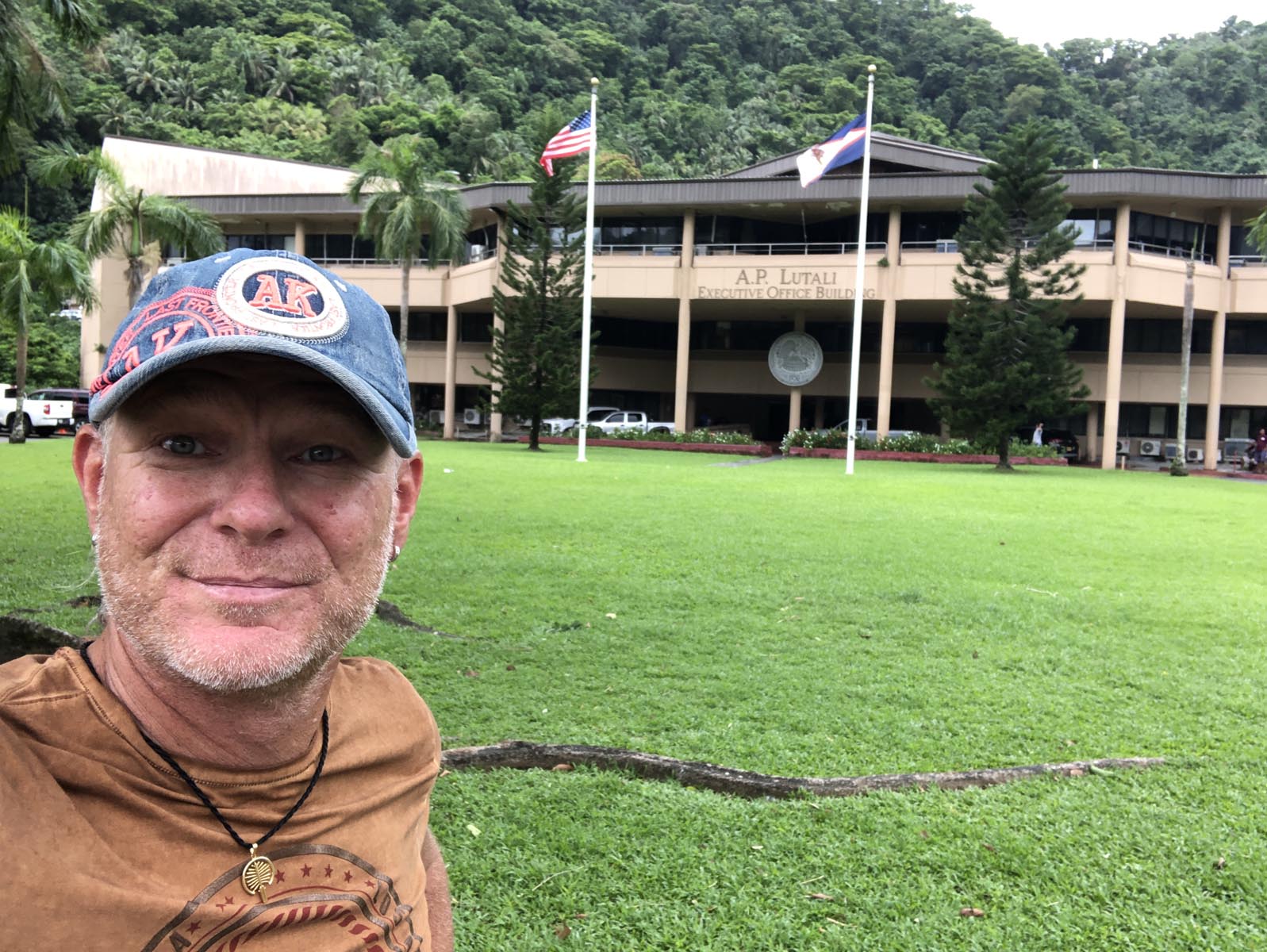




















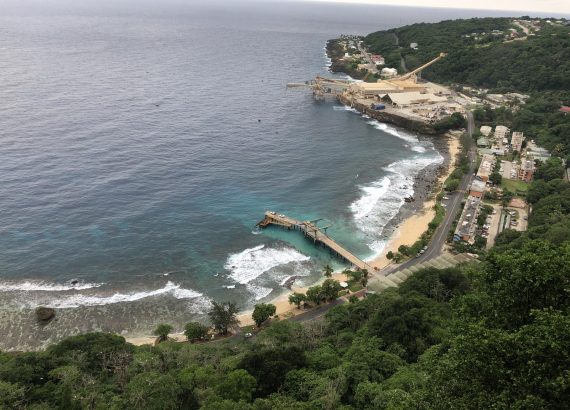
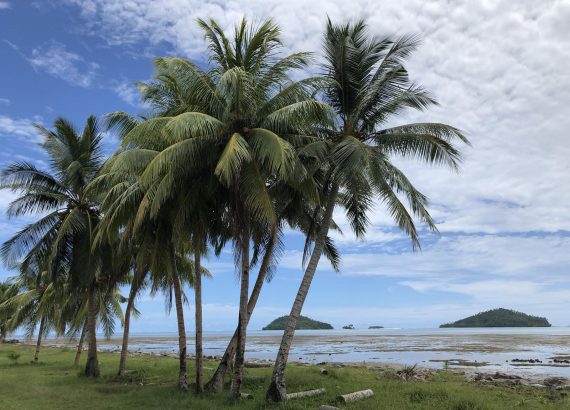
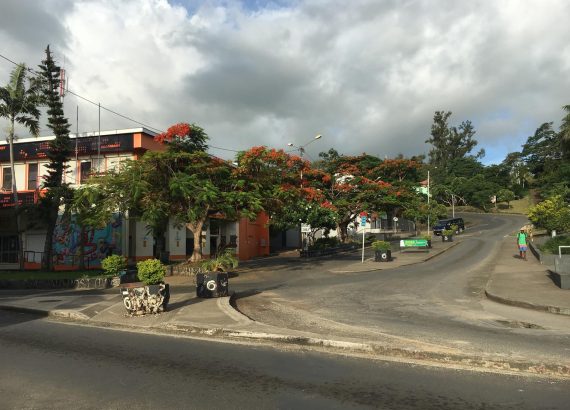
No Comments